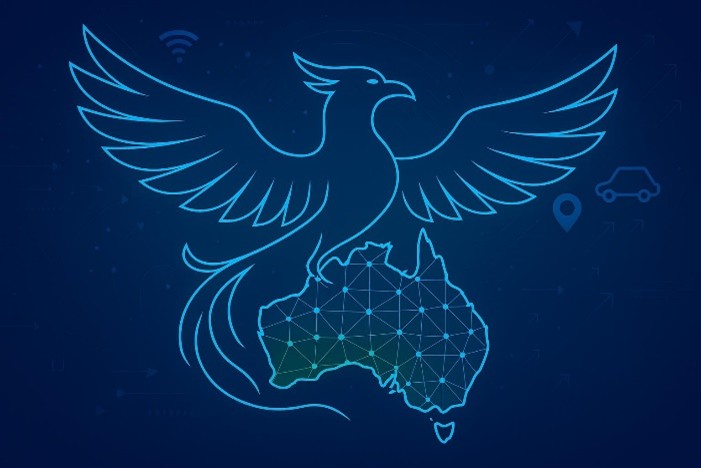
I recently listened to Mayor of Phoenix, Kate Gallego speak about her city’s decision to embrace autonomous mobility, becoming the first in the US to introduce public robotaxis, and couldn’t help but reflect on what it would take for an Australian city to do the same. Her vision turned Phoenix into a living laboratory for innovation, a place where courage and collaboration transformed bold ideas into real-world change. Her story struck a chord because Australia, too, stands on the cusp of a transport revolution.
Australia already has the ingredients: world-class research institutions, a thriving innovation economy and a transport ecosystem that has demonstrated leadership and a willingness to unite for the purpose of maximizing the benefits of future transport. (More than 120 organisations joined forces as a consortium to spearhead the National Future Transport Summit in September 2025). Around the world, markets are watching Australia’s progress closely, eager to see how our blend of entrepreneurial spirit, technological know-how and strong governance will shape the next generation of mobility.
Will it be Sydney, where the Aerotropolis is reimagining what a 21st-century city can be: a hub of aviation, logistics and digital connectivity built for autonomous mobility from the ground up?
Could it be Brisbane or the Gold Coast? Buoyed by investment and global attention ahead of the 2032 Olympic and Paralympic Games, where infrastructure, innovation and inclusion are already being woven into the region’s growth story.
Will it be Melbourne? Building on its strong automotive legacy and Australia’s centre for freight and logistics.
Or perhaps the northern corridor of Perth, home to the Australian Automation and Robotics Precinct and the Joondalup Smart Mobility Living Lab, where government foresight and industry partnerships are driving cutting-edge experimentation in automation and smart city systems.
Alternatively, perhaps leadership will emerge elsewhere in a small capital or regional centre?
Across the country, forward-thinking local and state governments have already proven that when collaboration replaces caution, transformation follows. They understand that innovation isn’t about being first for the sake of it, but ensuring the technology is tested, trialed and deployed in ways that serve all Australians.
The world’s most liveable cities will not just be the ones with efficient transport, they’ll be the ones that dared to rethink how mobility can connect communities, create opportunity and reduce inequality.
So, which Australian city will be bold enough to go first? I call out to leaders, innovators and communities alike: Step forward and help shape a transport future that’s not just connected and automated, but for the benefit of every Australian.